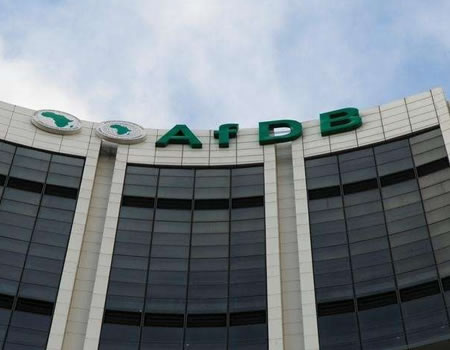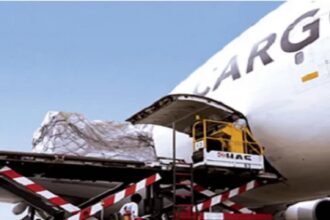
Adesina said this in the Bank’s latest publication produced by the Department of Communication and External Relations at the Headquarters and made available to the News Agency of Nigeria (NAN) in Abuja.
The president said structural transformation was needed to ensure sustainable, inclusive and shared growth in Africa.
According to him, the structural transformation will not be possible without industrialisation that facilitates a move from low to high productivity activities.
Adesina said the bank’s goal was to aid Africa to move from agriculture to agro-industries from raw natural resource exports to high-value semi-processed or processed exports.
He said this would curb high unemployment rates and lay the groundwork for greater diversification of economies.
He said industrialisation must be underpinned by technology progress, reallocation of new investments into high return emerging markets by offering Africa opportunities to leapfrog over its development gap.
Adesina said stakeholders, acting on the industrialisation agenda of the continent, estimated that structural transformation required industrial GDP to grow by an average of 11.5 percent per year corresponding to accumulative growth of 130 percent by 2025.
He added that GDP per capita growth would have to almost double to four per cent per annum.
According to him, the experience of other industrialising economies seems to indicate that Africa can realistically achieve these objectives by increasing industrial GDP in the next 10 years from 751 billion dollars to 1.72 trillion dollars within the decade.
I killed two pupils because I did not eat for 2 weeks ―Alleged mentally sick man
Adesina said “this will raise continental GDP to 5.62 trillion dollars and Africa GDP per capita to 3.368 by 2025.
The president said for this to happen, “There is the need for a comprehensive and resolute continental industrial policy that is country adjustable to local contexts that can be aligned with the country’s development goal.’’
He said this would require vision and commitment from political leaders, the bank and other broader development communities called upon to provide support through technical assistance, capacity building, continuous dialogue and advisory services.
Adesina mentioned five key enablers that had been common to almost all countries that had rapidly industrialised their economies.
These enablers include supportive policies, legislation and institutions; conductive economic environments and infrastructure; access to capital; access to market; regional integration and addressable markets.
“In successful industrialising countries, these enablers have typically been integrated into a comprehensive industrial policy that has enabled businesses, both large and small, to develop along the value chains of selected high potential industrial sectors.’’







